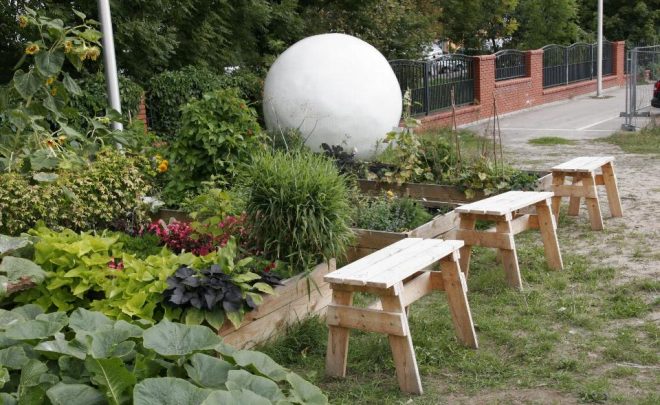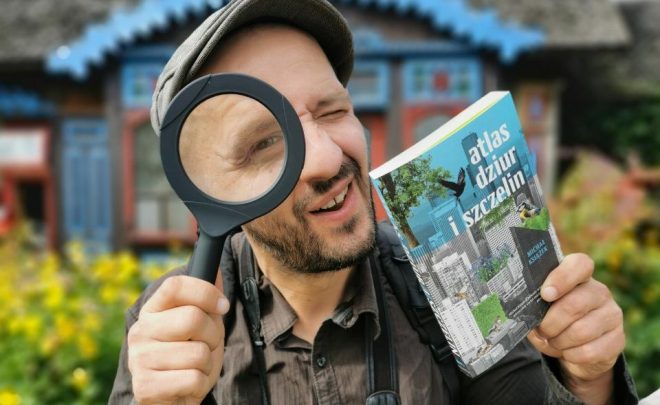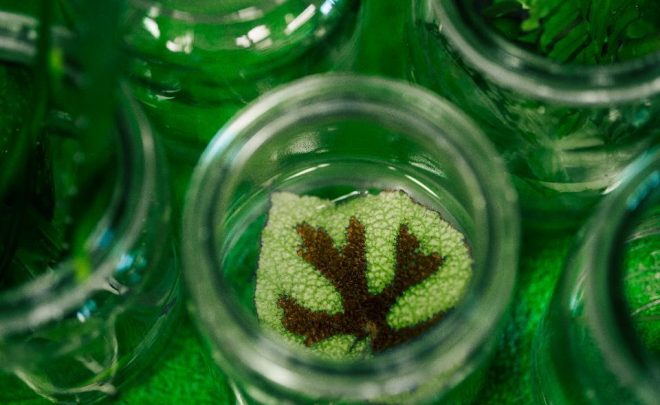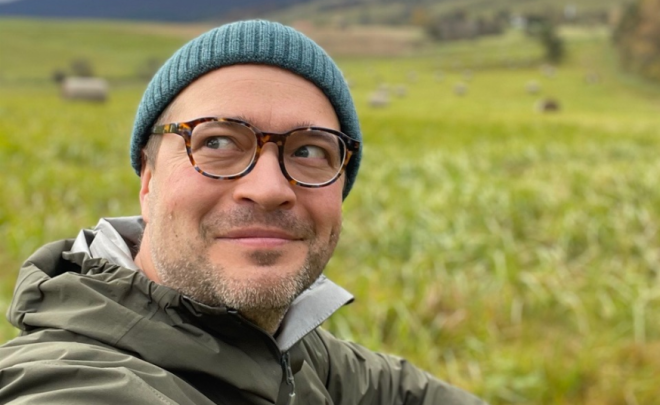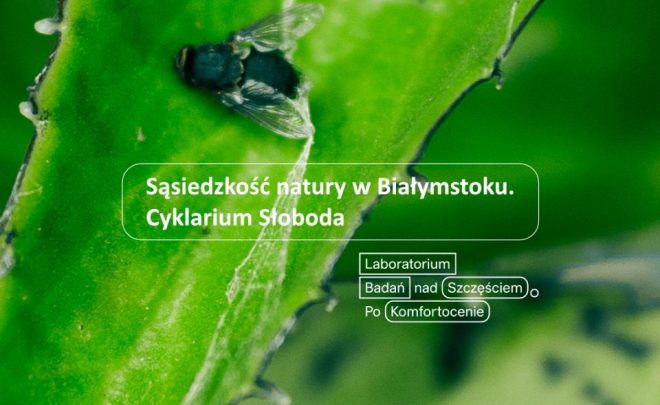Interspecies Community. Neighbourhood of Nature in Białystok – two lectures – Paweł Łuksza & Centrala collective
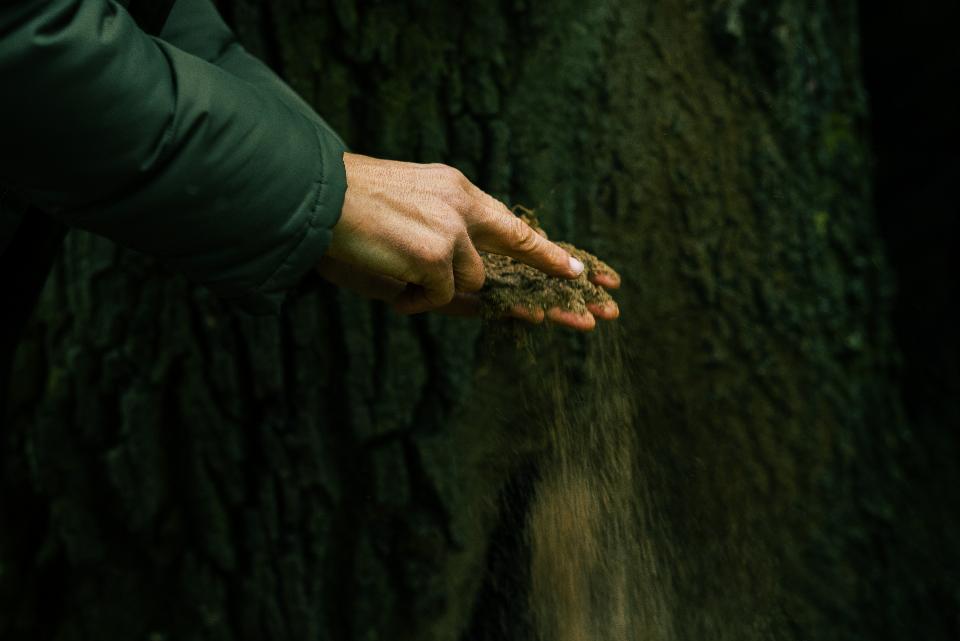
Everyone is cordially invited by the “Arsenal” Gallery to attend two lectures forming part of the project “Interspecies Community. Neighbourhood of Nature in Białystok”, delivered under the “Happiness Research Lab – Life after Comfortocene” umbrella programme.
When: October 28th 2023 (Saturday)
04:00 p.m. – Paweł Łuksza
05:00 p.m. – Centrala collective
Where: “Arsenal” Gallery in Białystok, Adama Mickiewicza No. 2
Admission free
_____
Paweł Łuksza
Grassroot activities. Appropriation. What do human beings have in common with single-cell prokaryotic organisms? Are we well-adapted to life on Earth? What do we need all that evolution for?
Prokaryotic organism behavioural properties include a certain regularity: their capacity for evolving regardless, they prefer to influence their immediate environment in ways rendering their evolution unnecessary. Aquatic reservoir-dwelling prokaryotes, for example, respond to increases in water acidity, producing a substance which allows their surroundings to become more alkaline.
According to scientific estimates published in the “Nature” magazine, in 2020, the mass of man-made artificial objects outweighed the mass of all living (biological) organisms on the planet.
What happened on August 20th 2018?
Components making our activities potentially effective, their outcomes hypothetically triggering a world-shattering domino effect. Global-scale local activities. Examples of inspiring campaigns. XR, IDK, the East, Bubbles.
Our own back yard. How does grassroot activism work?
In May 2019, the Białystok Municipality announced a bidding procedure for the construction of a parking lot on Bułgarska street, the project requiring over a dozen trees growing in the area to be felled. The trees began speaking, blooming with pieces of paper reading e.g. “I am a small-leaved lime. I have been standing here for around sixty years, and am about to be replaced with somebody’s Škoda”. Urban activists got wind of the issue, a wave of criticism rolling across local media. At the end of the day, the city rewrote the project. The trees survived.
Very local activities. Turczyński and Solnicki Forests.
Paweł Łuksza. On planet Earth since 1979. Architect, social campaigner and activist from Białystok. Member of the SARP Association of Polish Architects and TOnZ Society for the Care of Historical Properties. Multiple-time collaborator with assorted organisations with a nature conservation focus (especially the Okolica (Neighbourhood) Association). Joined logging blockades in the Turnicki National Park (Park design in progress) and protests against changes to the intended purpose of selected Turczyński Forest sections. Meticulous observer of Białystok’s municipal policies in spatial planning, natural environment protection, climate disasters and sixth mass extinction. Initiated and participated in numerous small-scale grassroot campaigns designed to protect nature in urban environments. Currently engaged in the struggle for the Solnicki Forest, and humanitarian campaigns on the Polish-Belarussian border. Active supporter of the Dojlidy Cultural Park. Mastered the year-round use of two-wheel vehicles. Herbivorous primate.
Centrala Collective
The lecture by Centrala is designed to shed light on its individual projects, especially the “Fauna District in Lieu of the Zoo”: a vision of a city of the future, defined as an ecosystem inhabited by human and non-human species alike. Centrala’s research has been expanded to include the oeuvre of Alina Scholtz, creator of the modern landscape of Warsaw. Speculative projects will be presented as well, tying in with urban wetlands, and achievements in the field of popularising connections linking hydrobotany to architecture. Centrala will also showcase their current work: exploring weather phenomena and meteorological optics, “Architektura niebna” (Celestial Architecture) has been designed to evoke enchantment with the dome of sky we all share.
CENTRALA (Małgorzata Kuciewicz and Simone De Iacobis) are a Warsaw-based architecture-and-research studio specialising in re-interpretations and spatial interventions intended to revitalise the language of architecture. In their practice, the Collective’s members explore relations between architecture and natural phenomena. They see architecture as a process – to them, gravity, water circulation, and weather and astronomic phenomena are building blocks. Concerned with architecture-based memory and materiality, they stimulate public debate regarding the protection of post-war architectonic heritage. Drawing on the legacy of Warsaw designers (such as Zofia and Oskar Hansen, Viola and Jacek Damięcki, or Alina Scholz), they are restoring the long-forgotten architectonic knowledge: the grammar of Polish exhibition projects of the 1950s and 1960s, shared language of post-war modernism, and use of hydrobotany in architecture.
RELATED
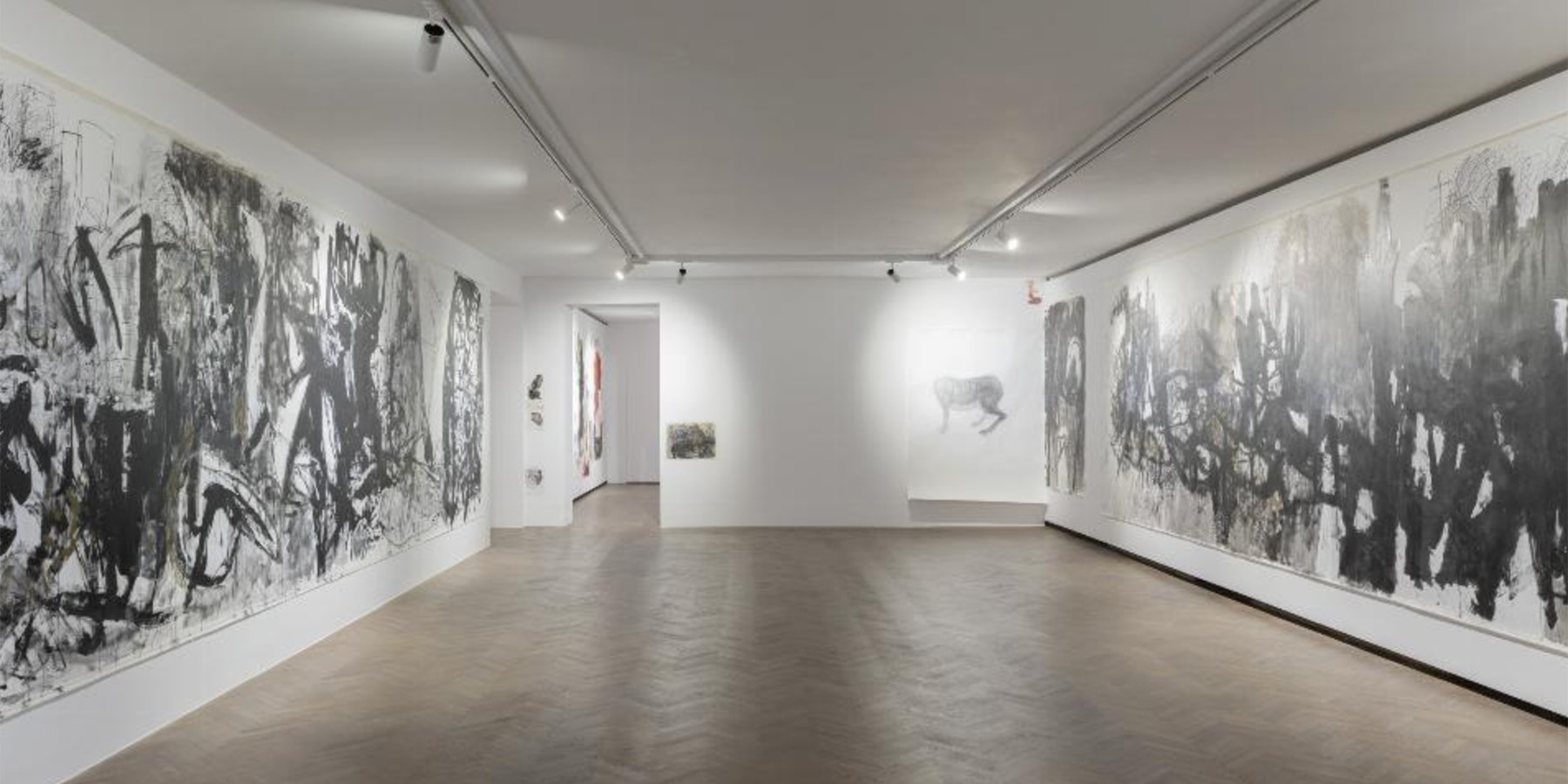
PLAN YOUR VISIT
Opening times:
Thuesday – Sunday
10:00-18:00
Last admission
to exhibition is at:
17.30
